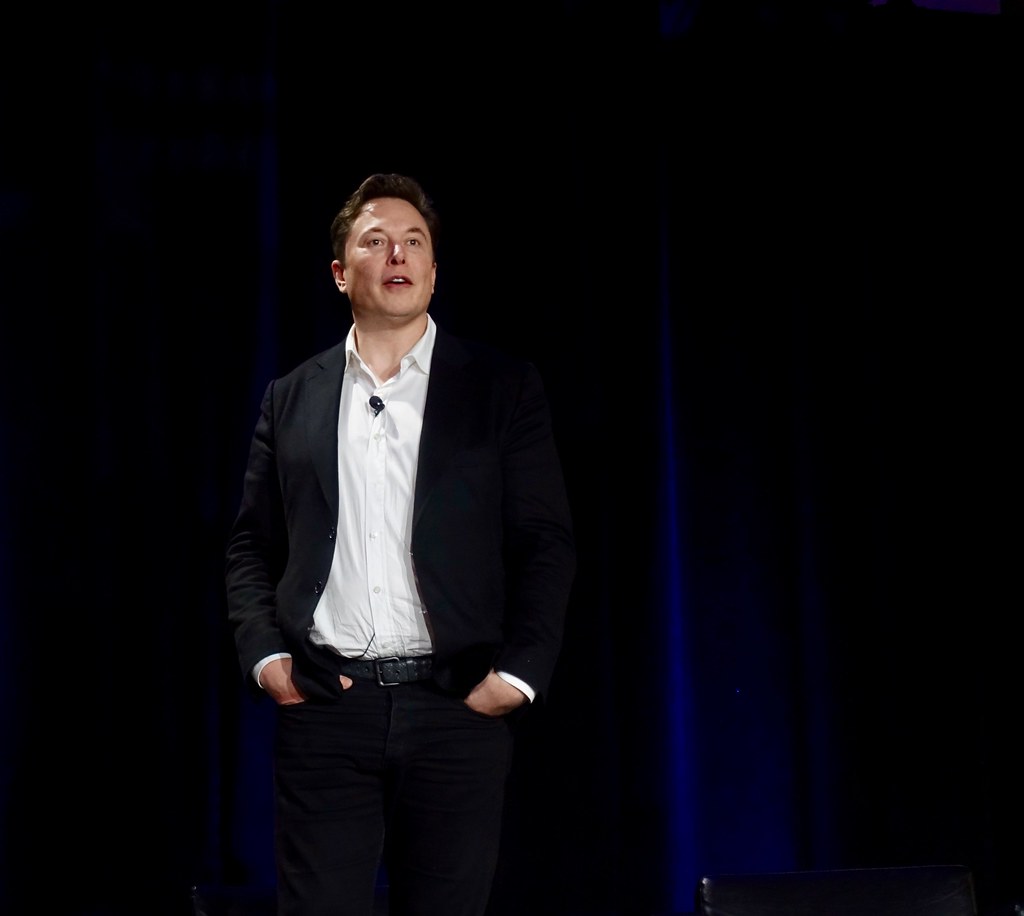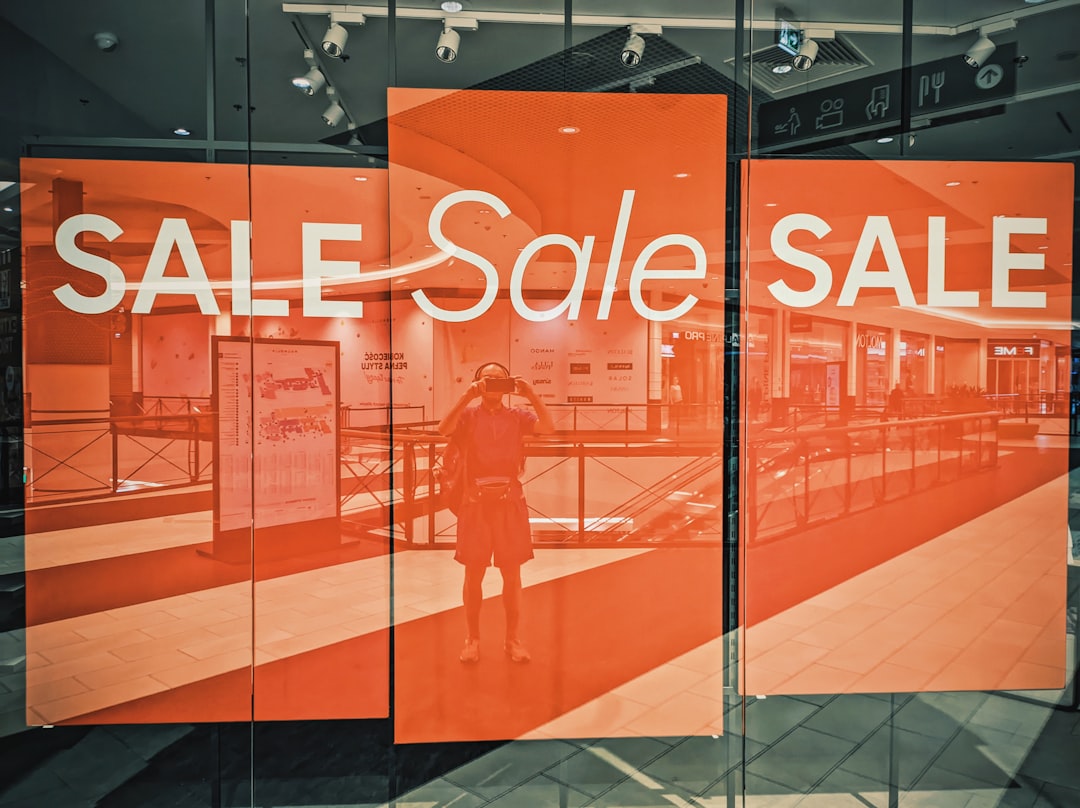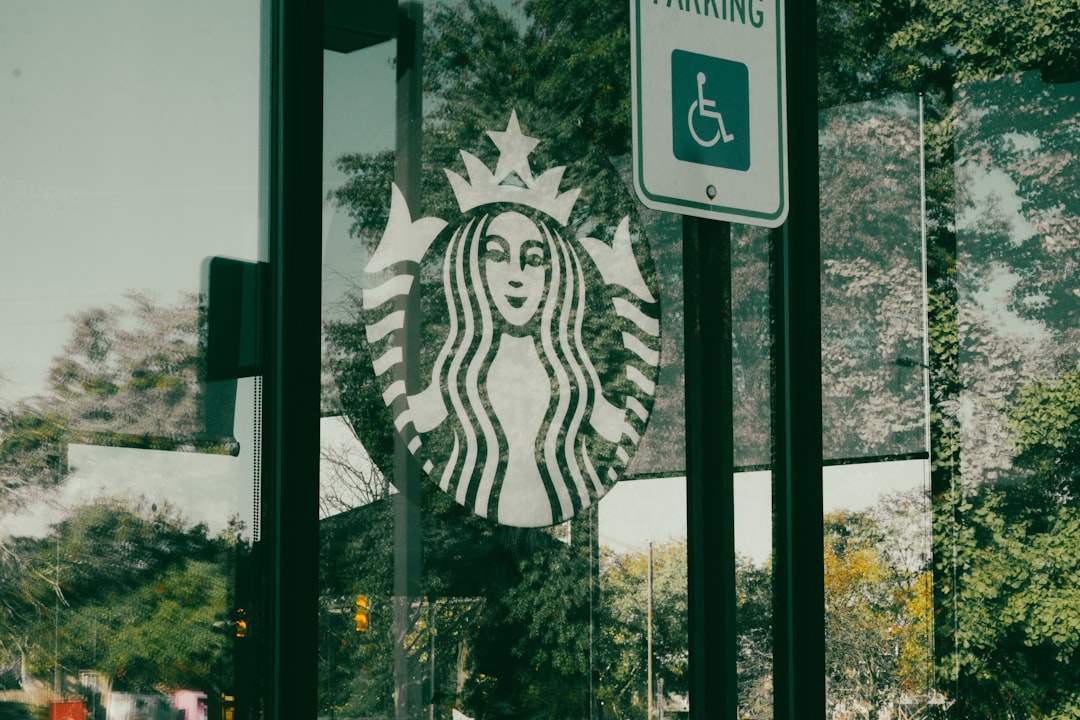My Breaking Point: The Bin Overflow Dilemma

It was a Tuesday night, and I was standing in my kitchen, staring at my overflowing blue recycling bin. Bottles, cardboard, and plastic containers teetered at the edge, threatening to spill onto the floor. Every week, no matter how carefully I rinsed and sorted, I found the bin would fill up twice as fast as my regular trash. It started to feel pointless. Studies in 2023 from the Environmental Protection Agency showed that only about 32% of waste in the U.S. actually gets recycled, and for plastics, it’s even lower. I realized most of my efforts might be for nothing. It was frustrating to think my good intentions could be going to waste, quite literally. That night, I decided to stop recycling and see what would actually change.
Discovering the Truth About “Wishcycling”

As soon as I stopped recycling, I started reading more about “wishcycling” – the habit of tossing something in the recycling bin because you hope it can be recycled. Apparently, I wasn’t alone. According to a survey by Waste Management in 2024, over 60% of Americans admit to wishcycling, despite knowing it can contaminate whole batches of recycling. I realized I’d been guilty of this too. Rinsing yogurt cups, tossing pizza boxes with greasy stains, and even plastic bags—all things that shouldn’t be in the bin. The more I learned, the more I saw how my recycling may have done more harm than good.
The Shocking Fate of Most Plastics

I always assumed that the plastics I recycled would be turned into something new. The truth is much grimmer. According to a 2024 report from Greenpeace, less than 9% of plastic waste in the United States is actually recycled. The rest ends up in landfills, gets incinerated, or is shipped overseas—often to countries without the infrastructure to handle it safely. This shocked me. I realized that my well-meaning habit might have fueled a global waste problem instead of solving it. I started to question whether my small efforts were making any real difference at all.
Cardboard and Paper: A Slightly Better Story

Not everything was doom and gloom. I found out that paper and cardboard have a higher recycling rate. According to the American Forest & Paper Association, 68% of paper and cardboard was recycled in 2023. But even here, there are pitfalls. Contaminated pizza boxes, receipts with thermal ink, and glossy magazines can’t be recycled. The process is still surprisingly fragile. I realized that even when I thought I was recycling right, there was a good chance some items were still ending up in the trash.
Recycling Myths Busted

So many of the things I’d believed about recycling turned out to be myths. I thought recycling was the best way to help the environment. But researchers at Yale in 2024 explained that reducing and reusing have a much bigger impact than recycling. The familiar “reduce, reuse, recycle” slogan puts recycling last for a reason. I also learned that recycling uses a lot of energy and water, and sometimes the process itself creates pollution. It was almost a relief to realize I wasn’t the only one confused by all the rules and exceptions.
Waste Sorting: A Global Perspective

After quitting recycling, I started to look at other countries for inspiration. In Sweden, where they recycle almost 99% of household waste, they have strict sorting rules and advanced facilities. Japan’s system is even more complex, with over 45 categories for waste. Yet, even these systems aren’t perfect. In 2023, the World Bank reported that only about 19% of global waste is recycled. It made me wonder if the problem was bigger than any one household or city could solve. Maybe the whole system needed to change.
The Emotional Rollercoaster of Guilt and Freedom

At first, I felt guilty every time I threw a can or bottle in the trash. Years of habit don’t just evaporate overnight. But after a few weeks, the guilt faded. Surprisingly, I felt a sense of relief. I was no longer agonizing over every food wrapper or plastic tray. I realized that I’d been carrying the weight of the world on my shoulders, believing my recycling choices could fix a broken system. Instead, I started to focus on bigger changes I could actually control.
What I Did Instead: Reducing Waste at the Source

Giving up on recycling didn’t mean I stopped caring about the environment. In fact, I started thinking more about what I brought into my home. I switched to buying in bulk to avoid single-use packaging, and I started using reusable bags, containers, and water bottles. I cut back on takeout and chose products with minimal or recyclable packaging. According to the EPA, reducing waste at the source is the most effective strategy for curbing pollution and greenhouse gases. It felt empowering to know I could make a bigger impact by simply buying less.
Composting: A Small but Mighty Solution

One of the biggest changes I made was starting a compost bin. Food waste makes up about 24% of what ends up in U.S. landfills, according to the EPA in 2024. When food rots in landfills, it produces methane, a potent greenhouse gas. Composting at home not only reduced my trash dramatically but also gave me rich soil for my plants. It felt good to see my waste turn into something useful, right in my own backyard. It was a small change, but it made a big difference in my daily life.
Changing the Conversation: From Individual to Systemic Action

Quitting recycling made me realize that most environmental solutions put the burden on individuals, when the real problem is systemic. In 2025, the Break Free From Plastic movement reported that just 20 companies produce over half of all single-use plastic waste worldwide. It seemed unfair to expect regular people to fix a problem created by giant corporations. Now, I focus on supporting policies that hold companies accountable and push for better packaging laws. My voice feels louder as part of a collective movement, rather than quietly sorting my kitchen scraps.
Unexpected Upside: Connecting With Community

Surprisingly, giving up on recycling helped me connect more with my neighbors. I joined a local zero-waste group, where we share tips, swap reusable items, and even organize bulk buying co-ops. We started a community compost pile and held workshops on making your own cleaning products. It’s been inspiring to see how small grassroots efforts can add up. I realized that tackling waste is about community, not perfection. When we work together, real change starts to feel possible.
How My Trash Actually Changed

I kept track of my trash for a month before and after quitting recycling. Amazingly, my total waste went down. By focusing on reducing and reusing, I found I had less packaging to throw away. According to a 2024 study by the University of Michigan, households that prioritize reduction and reuse generate up to 40% less waste than those relying on recycling alone. My trash can isn’t empty, but it’s a lot lighter. That’s something I never expected when I stopped recycling.
The End of the Recycling Fantasy

Letting go of recycling wasn’t easy, but it opened my eyes to the bigger picture. As of June 2025, the world is producing more plastic waste than ever, and recycling alone just can’t keep up. Real change will take more than just sorting our bins—it will take new laws, new products, and new habits. For now, I’m learning to focus on what I can control, and to push for the changes we all need.






